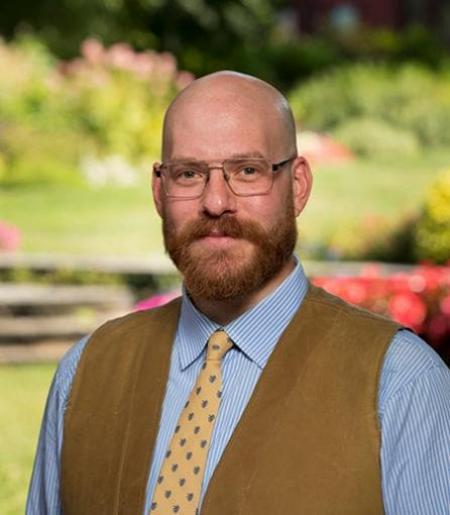Overview
Anthony Lovenheim Irwin is a scholar of Asian religions who thinks, talks, teaches, and writes about the social and ethical resonance of crafting, building, and construction. Dealing primarily with Buddhism in Thailand, his work focuses on the importance of craftspeople as central figures in the transmission and definition of religious traditions and communities. Following the craftspeople, artists, monks, nuns, and villagers he has been lucky enough to work with in northern Thailand, he pays special attention to the nonhuman and miraculous powers that participate in acts of religious building and crafting. His research has received funding from the American Council of Learned Societies, The US Fulbright Program, and the Australian National Research Council. He has taught at The University of Wisconsin-Madison, The University of Michigan, and Siena College.
Research Focus
Building Buddhism in Chiang Rai, Thailand: Construction as Religion.
As a member of The Society for the Humanities at Cornell University I will work on my book-in- progress, which is based on my dissertation Building Buddhism in Chiang Rai, Thailand: Construction as Religion. It is as much about what Buddhist people do and make as it is about what they believe. Focusing on the building of Buddhist spaces in the northern Thai city of Chiang Rai, the book tracks how religious construction shapes the city’s modern history and serves as a crucial site for the production of ethical values. The book is organized by three indigenous spatial categories that inspire Buddhist building: Section I: Wat Rang (Abandoned Temples), Section II: Sīmā (Ordination Space), and Section III: Tham (Caves). Overall, the manuscript’s six chapters draw on archival work, and interviews with monastics, craftspeople, and the laity, to show how temple building (and restoration) responds to the enchanted landscape, organizes ritual activity, unifies communities, and inscribes both communal and individual biographies (and future lives) into place. By foregrounding religious material practices this work reveals how Buddhism—and by implication, other religions as well—are not simply a set of doctrinal teachings, but a multifaceted ensemble of productive activities and desires that are instrumental to how people articulate their ontological circumstances and ethical orientations. Taking seriously Chiang Rai Buddhists’ understandings of the embedded efficacy of geography and Buddhist cosmology, the book presents how spatial, material, and architectural fabrication form new iterations of religious society and practice. My key disciplinary aim in this manuscript is to develop material religious studies theory and methodology along the line of recent anthropological, history of science, and cultural studies work on “making and knowing.” Presenting the importance of Buddhist building—and its respective histories and salient discourses—asserts how the processes of material and spatial fabrication are essential to ethics, ontology, and religious ways of knowing.

